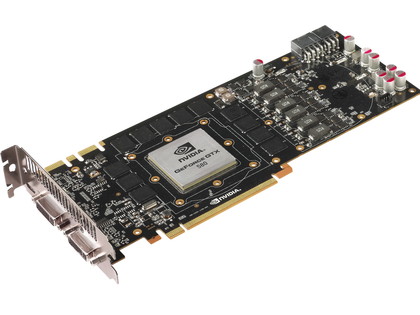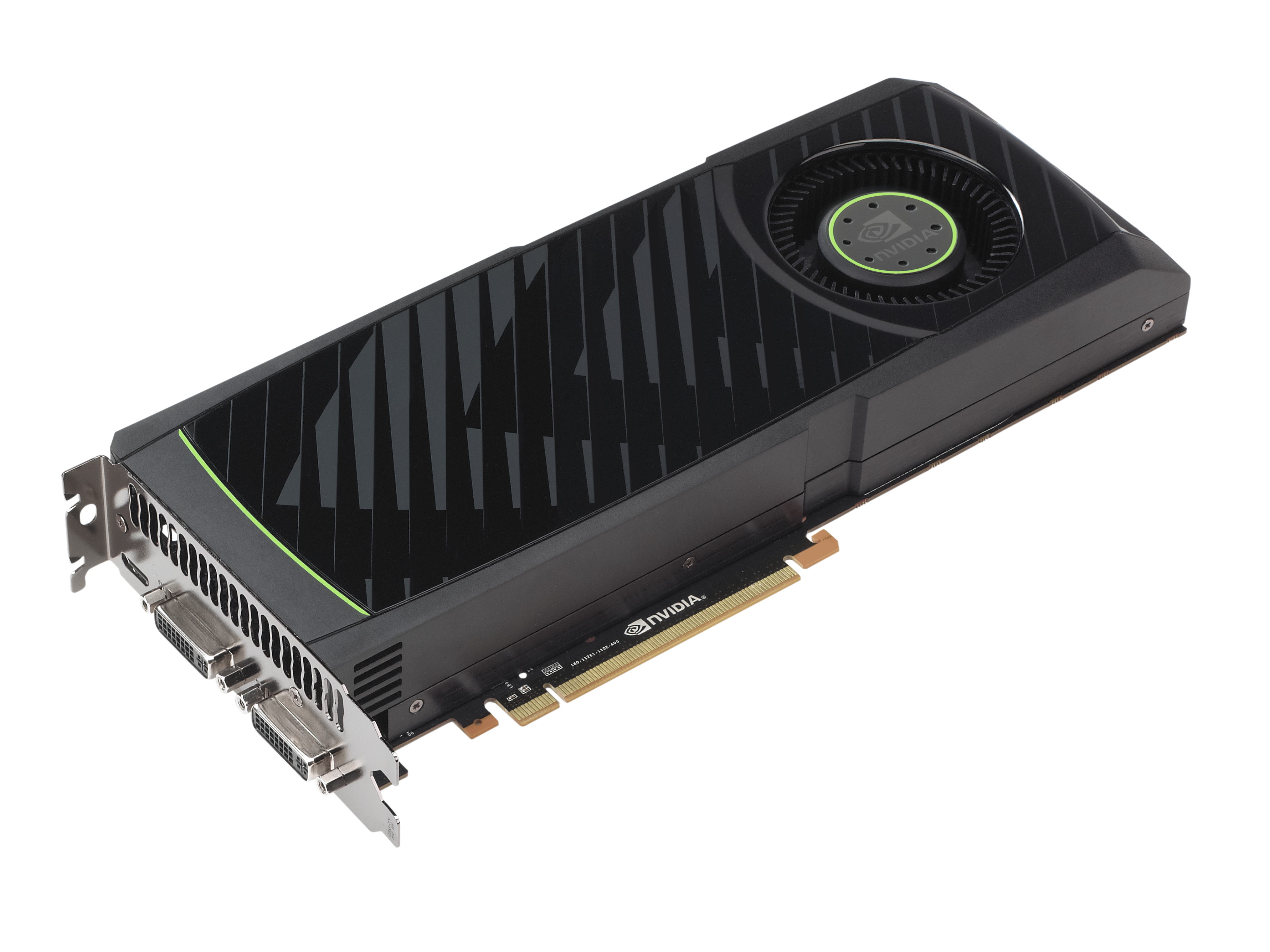Why you can trust TechRadar

Forget all the architectural shenanigans, though, the real proof is in the performance. So how does Nvidia's new flagship card stand up to our test bench scrutiny? The answer is: very well indeed.
In sheer performance terms alone, the GTX 580 averages a boost of 17.5 per cent at the top end, compared with the standard GTX 480 across our suite of benchmarks. Only in Metro 2033 and Just Cause 2 does the percentage framerate gain drop below a 10 per cent boost. And in DiRT 2, we hit a 27 per cent increase on the GTX 480, almost making the projected 30 per cent boost Nvidia had spoken about pre-launch.
AMD's bizarre switch-around with the HD 5870 and HD 6870 aside, this is almost exactly the sort of performance figures we'd expect to see from a card being sent out to replace another, older generation of GPU. And given that it's based on the same Fermi architecture, we didn't really expect a huge leap in performance.
But this boost is still very significant.
What is important is that with the increased clockspeed and extra CUDA cores, this is a card that is now outperforming AMD's best card, the dual-GPU HD 5970, in all but one of our DirectX 11 benchmarks.
That's something the GTX 480 couldn't boast at launch and it leaves AMD in hot water.
There are a couple of benchmarks, such as the Just Cause 2 and Far Cry 2 results, that put the twin-GPU card on top, but they're older-generation technology. In the DirectX 11 benchmarks, the GTX 580 shows its performance chops.
They also show that it's a more long-lived card.
When compared with AMD's top single-GPU card, the HD 5870, it's Britney Spears vs Goliath out there – and there are no pointy stones lying around to help the singer out either. The HD 5870 was a way behind the GTX 480, but now it staggers around in the GTX 580's wake like some punch-drunk little Disney Mouseketeer.
In short, it looks every inch the retiring technology that it is.
When it comes to the improved power efficiency, though, the story isn't quite as impressive as we'd hoped. There are definite drops in both temperature and in the system power drawn from the wall, but measuring the total system power between a GTX 480 and a GTX 580 setup, we only saw a drop off of around 5 per cent under full load.
Likewise, running the GPU at 100 per cent saw only a 6 per cent difference in the peak temperature reading over time.
What's significant, though, is that it has achieved drops in both heat generation and power draw while still managing to be quieter than any of the last three top-end Nvidia GPUs.
Generally, you'd expect a boost in performance, coupled with better power efficiency and hence lower temperatures, to be linked to a shrink in the manufacturing process. The fact that Nvidia has managed to do this with essentially the same chunky chip design as the overpowered, overheating GF 100 of the GTX 480 is thoroughly impressive.
The only slight fly in the ointment is possibly the impressive SLI performance of the 1GB GTX 460.
It's only in Metro 2033 that the real gulf in technology becomes evident, leaving the GTX 580 king of the pile. For the most part, however, you're looking at single figure percentage drops in performance, and a dip from 34 fps to 32 fps is a difference that few gamers are really going to notice.
That SLI pairing is also £100 cheaper than the single GTX 580 too.
That said, you'd need an SLI-certified motherboard and a heftier power supply than you would with a single card. And despite how good multi-GPU setups have become in terms of reliability and support, a single, powerful card is still a safer bet.
Current page: Nvidia GeForce GTX 580 - Performance
Prev Page Nvidia GeForce GTX 580 - Benchmarks Next Page Nvidia GeForce GTX 580 - Verdict